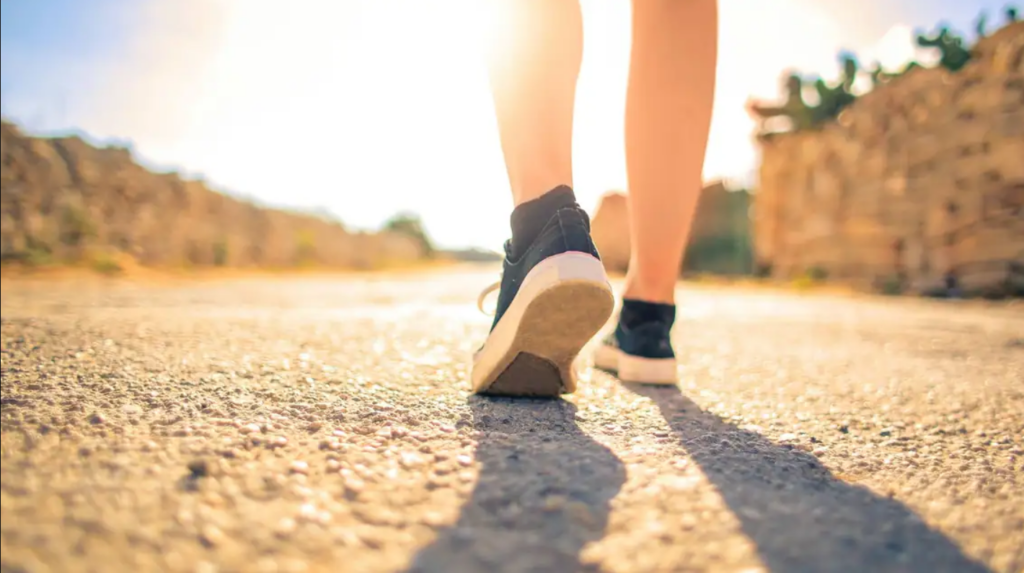How to get more out of the walk you take every day 2023

Most fitness enthusiasts walk. Smart walking is a workout, but like any other physical exercise, it needs progressions to make it tougher to accomplish the same distance in the same time and effort. Without replacing walking with jogging or running.
Most fitness experts say walking alone isn’t enough, but some folks just like to walk. Try walking variants if you have trouble focusing at the gym.
Using progressions, walking may be a workout.

Treadmill optimization is the first step. Take advantage of predefined routines with your trainer, and some treadmills provide maximum and lowest intensity with minute spent on each. Try the treadmill’s “hill walk” setting. These are standardised, although you may find a walking formular.
As you gain confidence, add butt kicks, slow lunges, and lateral squat walks on the treadmill at a slow speed. This way, you won’t have to whine about not having a long enough gym corridor to execute your walking exercises.
“The easiest option is to add weights via ankle weights or even a weighted vest, or by carrying two kettlebells during the walk. If you’re serious about walking, carry these weighted objects outside. “Use them for a few minutes, then enter a moderate pace, and swap it around,” explains certified run and performance coach Nivedita Samanta. Samanta started FitRabbits to teach runners and ran the Boston Marathon.
She recommends hill hikes on natural terrain to improve intensity. Walk up the slope as rapidly as you can, walk down at a slower rate, and repeat 10–20 times depending on your difficulty. When my friend trained for Mount Kilimanjaro using kettlebells, I thought it was crazy. She adds, “Walking might be challenging too.”
It’s also a good idea to stay off your feet as much as possible.

Avoiding two-legged walking is another great idea. Four brings up a world of new exercises. Samanta mentions “the sideways farmer carry, bearwalks, and duckwalks.” They make the body move in all directions.
Holds are good for walking circuits. Plank variants are a great core-building respite between walking sets. Wall-sits, squat holds, and one-leg yoga improve stability and balance. When weight is distributed over the body, these items will strengthen and align your walk.
Knowing that walking alone may not be adequate for your goals but that low-intensity activities can strengthen your stroll is crucial. The step-up, done on a gym box or the stairs, is a good illustration. This article shows how to utilize a staircase for cardio and muscle-building.
Downhill lunges follow. Going downhill is harder than going uphill. Do these lunges on a moderate drop on your walking route to engage your walking muscles. Walking on sand or on the beach is harder, but hurdles can assist.
Arm-rotations, shoulder presses without tensing your muscles or with water bottles in both hands, and even walking sides and backwards help. The last one is to challenge yourself by beating your personal best time on the same trail to see whether you’re becoming faster. This will inspire you to do more than stroll.
